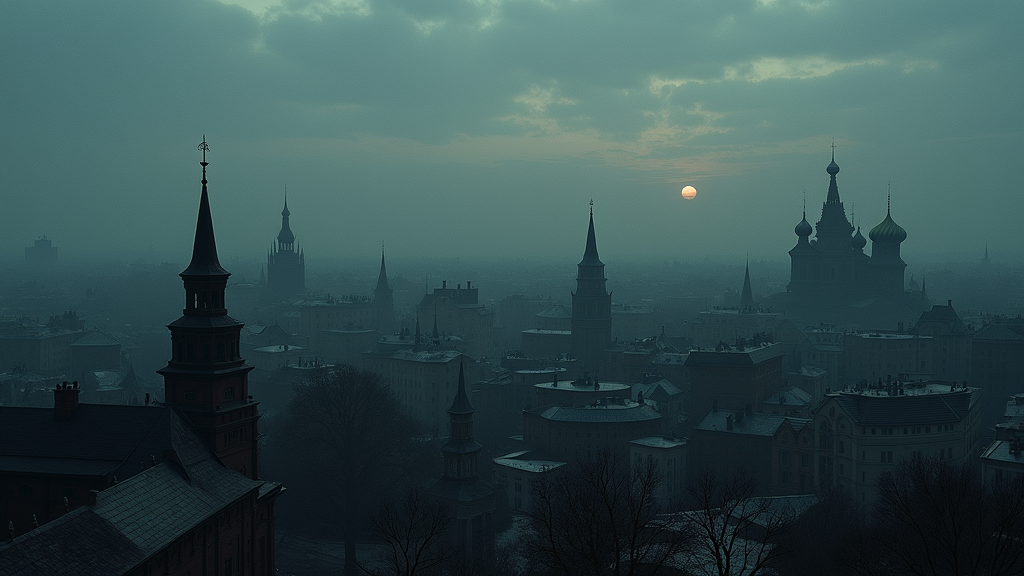Q1: How does Crime and Punishment introduce its world?
 I found the beginning hard to follow at first. The novel starts in a gloomy, crowded St. Petersburg that sets a dark tone. The rich descriptions require bit of time to adjust to, but they slowly pull back the curtain on a world filled with inner turmoil and troubled dreams.
I found the beginning hard to follow at first. The novel starts in a gloomy, crowded St. Petersburg that sets a dark tone. The rich descriptions require bit of time to adjust to, but they slowly pull back the curtain on a world filled with inner turmoil and troubled dreams.
Q2: What can you say about the main character’s inner conflict?
The story follows Raskolnikov, a man caught between radical ideas and deep guilt. I got invested in his adventure as he wrestles with extreme emotions and the weight of his actions. His mind battles between justification and remorse, which made me sympathize with his struggle even when his decisions were hard to accept.
Q3: Which themes stand out in this summary?
Crime and Punishment is rich in themes like redemption, the burden of guilt, and the clash between ideology and reality. The narrative explores the consequences of transgression and the hope of transformation. This balance between dark actions and the possibility of recovery kept my interest throughout.
Q4: How does the narrative style affect the reader’s understanding?
Dostoevsky’s approach may seem confusing, but it earns you over time. The complex language and detailed introspection invite you into a layered experience that feels both challenging and rewarding.
Q5: Would you explore more works by the author?
After finishing the book, I plan to buy another book by this author. The mix of philosophical debate and intense human drama promises more engaging reads in the future.

Leave a Reply